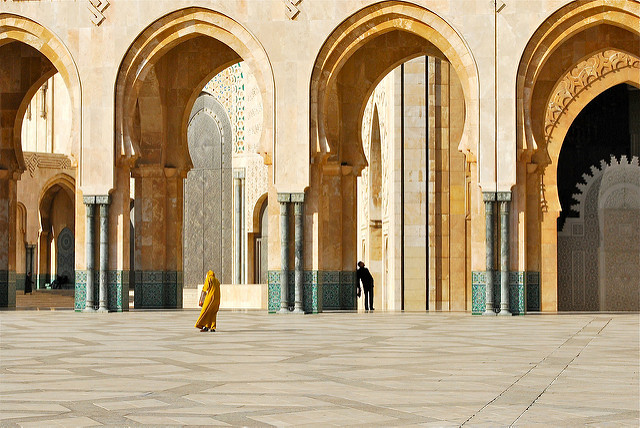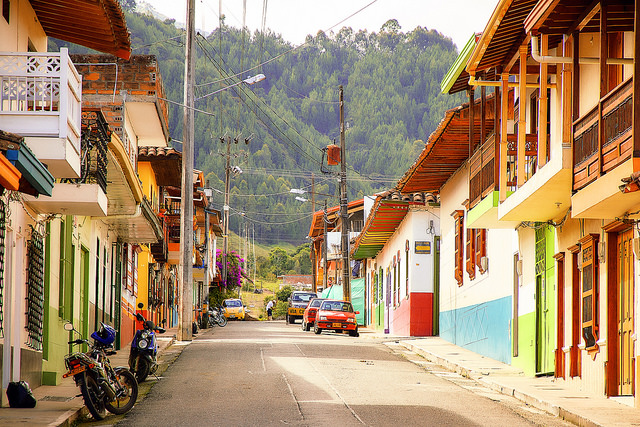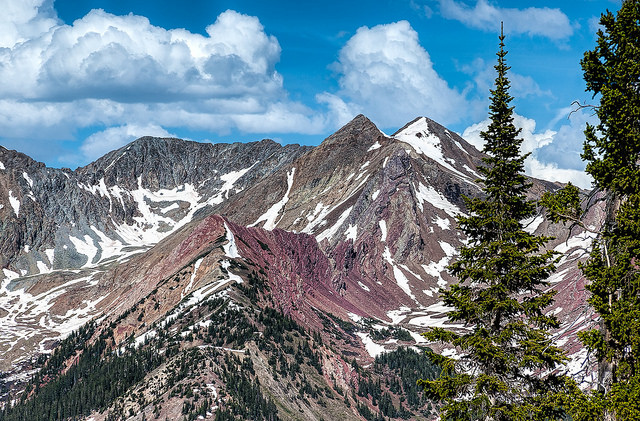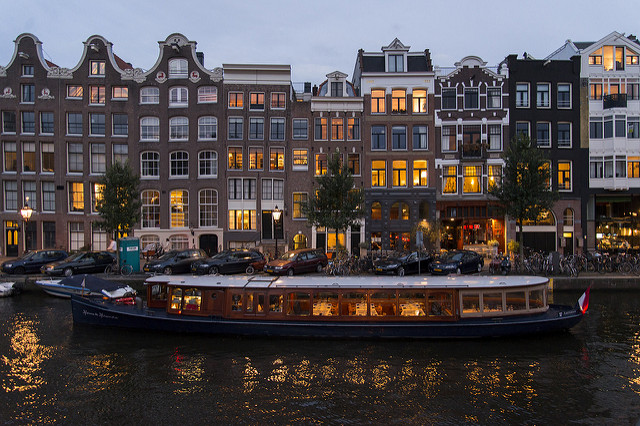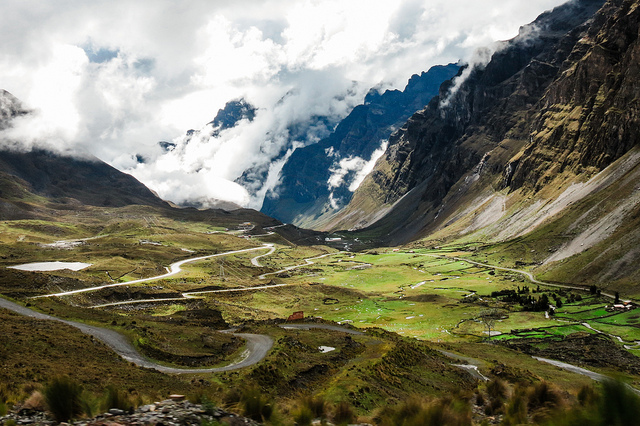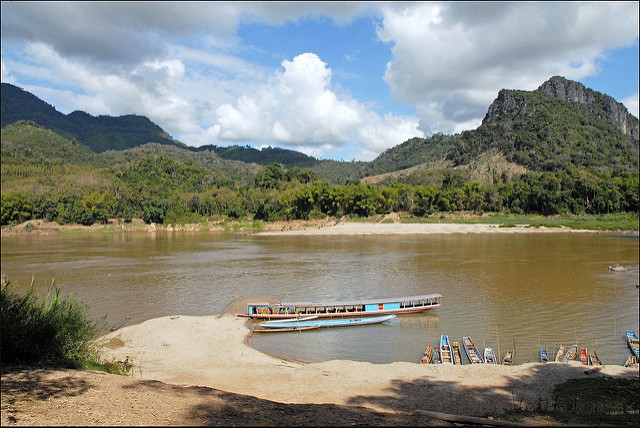A destination's reputation for drugs can deter tourists who worry about safety and violence. But drug access (whether illegal, legal, or somewhere in between), and the party culture that comes with it, can also work as a hook to draw both the curious and the initiated. Of course, it's important to be aware of all drug laws while traveling and know that penalties can be severe. We took a look at how drug tourism is thriving and impacting these seven popular tourist destinations.
Notice: Undefined offset: 4 in /nas/content/live/stagingstmllc/wp-content/plugins/smartertravel-shared/includes/ads/includes/api.php on line 92
Notice: Undefined offset: 5 in /nas/content/live/stagingstmllc/wp-content/plugins/smartertravel-shared/includes/ads/includes/api.php on line 92
Notice: Undefined offset: 6 in /nas/content/live/stagingstmllc/wp-content/plugins/smartertravel-shared/includes/ads/includes/api.php on line 92
Notice: Undefined offset: 4 in /nas/content/live/stagingstmllc/wp-content/plugins/smartertravel-shared/includes/ads/includes/api.php on line 98
Notice: Undefined index: pass_through_args in /nas/content/live/stagingstmllc/wp-content/plugins/smartertravel-shared/includes/ads/includes/api.php on line 158
Notice: Undefined index: wrapper in /nas/content/live/stagingstmllc/wp-content/plugins/smartertravel-shared/includes/ads/includes/api.php on line 159
Notice: Undefined offset: 4 in /nas/content/live/stagingstmllc/wp-content/plugins/smartertravel-shared/includes/ads/includes/api.php on line 92
Notice: Undefined offset: 5 in /nas/content/live/stagingstmllc/wp-content/plugins/smartertravel-shared/includes/ads/includes/api.php on line 92
Notice: Undefined offset: 6 in /nas/content/live/stagingstmllc/wp-content/plugins/smartertravel-shared/includes/ads/includes/api.php on line 92
Notice: Undefined offset: 4 in /nas/content/live/stagingstmllc/wp-content/plugins/smartertravel-shared/includes/ads/includes/api.php on line 98
Notice: Undefined index: pass_through_args in /nas/content/live/stagingstmllc/wp-content/plugins/smartertravel-shared/includes/ads/includes/api.php on line 158
Notice: Undefined index: wrapper in /nas/content/live/stagingstmllc/wp-content/plugins/smartertravel-shared/includes/ads/includes/api.php on line 159
1. Ayahuasca in Peru
Machu Picchu/Oyster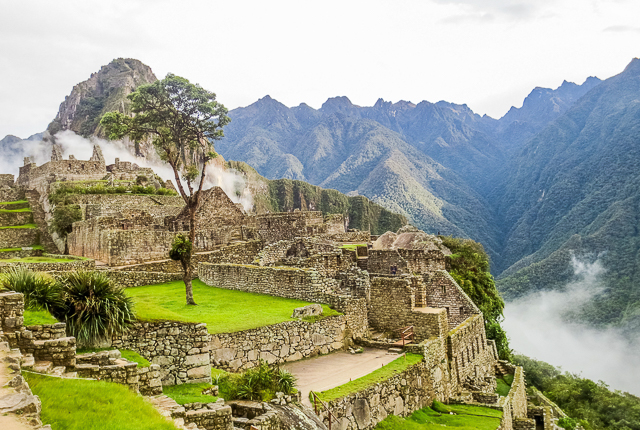
A growing number of Westerners are heading to the jungles of Peru (and Ecuador, Brazil, and Colombia) to experience an Amazonian ayahuasca ceremony, usually led by a shaman. Ayahuasca is a hallucinogen made from a specific blend of Amazonian plants that are mixed into a drinkable elixir. The drink has been used in medicinal and spiritual rituals for centuries by indigenous cultures who believe in ayahuasca’s psychological healing properties. But in the last decade, Western travelers have been especially keen to imbibe and possibly cure their past traumas, addiction, or emotional baggage on a psychedelic plane. The Guardian estimates that there are around 100 ayahuasca centers in Iquitos alone that cater to foreign travelers (and the vomit that usually comes with consuming the drug). Packages range from an overnight visit to a month-long spiritual retreat. Though many studies have shown ayahuasca to be safe, and even beneficial, there have been reports of fake shamans, sexual assaults, and death affiliated with the drug. Ayahuasca is legal in Peru and illegal in the United States.
2. Hashish in Morocco
Smoking hashish (or kif, in local parlance) is a common pastime among Moroccan males and tourists of both sexes. Many backpackers look to Morocco’s easy availability of the drug as a main reason to visit stoner-friendly towns like Chefchaouen. According to Vice, Morocco produces half of the world’s hashish and the illegal industry employs around 800,000 people. Hordes of young men work as unofficial hash guides, taking interested tourists to hash farms and teaching them about production before getting them ripped. Hash looks like sticky brown clay and is usually broken up and mixed with tobacco for smoking in a paper like a cigarette, or in a hookah pipe. But just because it’s widespread, doesn’t mean it’s legal. Smoking illegal drugs (or carrying them) can incur a 10-year prison sentence.
3. Cocaine in Colombia
In the early 1990s, Medellin was the murder capital of the world. The city recorded 381 murders per 100,000 residents in 1991, and the presence of paramilitary groups and the Medellin cartel made the entire place look and feel like a war zone — a drug war zone led by the notorious Pablo Escobar. In 2015, Medellin saw only 20 murders per 100,000 residents, continuing the steady trend of declining violence and the promotion of a flourishing and stable economy. And though locals seem more than ready to forget about the city’s recent, brutal past, many tourists choose to visit Medellin for a safe taste of notoriety — and cocaine. El Poblado, one of the city’s wealthiest and safest neighborhoods, is incredibly popular for Poblado Escobar Tours and procuring baggies of cocaine from men who also sell candy and gum on picturesque street corners. The arrest of tourists for cocaine possession is exceedingly rare, but the city’s citizens (many of whom lost at least one friend or family member in the violent ’90s) are less than enthused by wealthy visitors who treat the once violent city as a safe drug playground.
4. Marijuana in Colorado
The state of Colorado legalized marijuana for recreational purposes in 2012. Though easier access to pot has drawn significantly more visitors to the state, there have been problems. It’s still illegal to smoke pot in public and in most hotels, and many visitors don’t realize they’re not allowed to fly or drive out of the state with drugs. One of the biggest problems is over-ingesting edible marijuana. The Chicago Tribune reported that out-of-state visitors to Colorado emergency rooms for marijuana-related symptoms accounted for 163 per 10,000 visits in 2014. Visitors consume edible marijuana in the form of pastries and candies, and essentially dose themselves with too much THC, causing heart palpitations and anxiety attacks.
5. Marijuana in the Netherlands
Recreational drugs are illegal in the Netherlands, but the Dutch parliament decriminalized possession of less than five grams of cannabis in the 1970s, allowing for an upsurge in “coffee shops” that sell pot, and (mostly) allow customers to light up. Some estimates say that 90 percent of coffee shop customers are foreigners and there are occasional threats to shut the whole system down. But with millions of coffee shop visitors a year, the financial toll would be high and the Dutch are well-known for allowing individual freedoms. Amsterdam even has a Hash, Marijuana & Hemp Museum that celebrates the history of cannabis.
6. Coca in Bolivia
The coca leaf, of which cocaine derives, is considered a sacred commodity in Bolivia, where Andean people have chewed the leaf for thousands of years to relieve altitude sickness and get an energy boost that’s equivalent to a cup of coffee. President Evo Morales legalized coca cultivation after he was elected in 2006, arguing that indigenous peoples should not be robbed of their ancient crop and traditions. Coca is generally harmless, but cocaine is not. And Morales’ liberal coca leaf policy has bolstered illegal cocaine use in Bolivia, particularly among foreigners who appreciate the high quality of the drug for an insanely low cost. Route 36 is a notorious underground and ever-moving cocaine and cocktail bar that doesn’t allow Bolivians inside in an effort to keep out undercover cops and journalists.
7. Mushrooms, Ecstasy, and Opium in Laos
The drug culture is strong and can be all-consuming among expats and long-term backpackers throughout Southeast Asia. Full moon parties in Thailand, Vietnam, and Indonesia are usually fueled by ecstasy, Molly, and mushrooms that keep partiers dancing and tripping until the sun rises. But the largest concentration of drugs in Southeast Asia can arguably be found in Vang Vieng, Laos, which is well-known for its lazy river, where (usually young and covered in body paint) visitors are given free shots of booze and sold a variety of drugs. The floating party is experienced by inner-tubes, tree swings, and slides into the water. Bars line the shores, and it’s easy and cheap to buy the drug of choice. Death by drowning, overdose, and broken necks are yearly occurrences, but the known danger doesn’t seem to stop the hordes of partygoers looking for a good time.
You’ll Also Like:
- 9 International Tourist Attractions that Would be Illegal in the U.S.
- 5 Minor Offenses That Will Have You Serving Hard Time Abroad
- Ayahuasca: Why Travelers Swear by this “Trip” of a Lifetime
All products are independently selected by our writers and editors. If you buy something through our links, Oyster may earn an affiliate commission.
